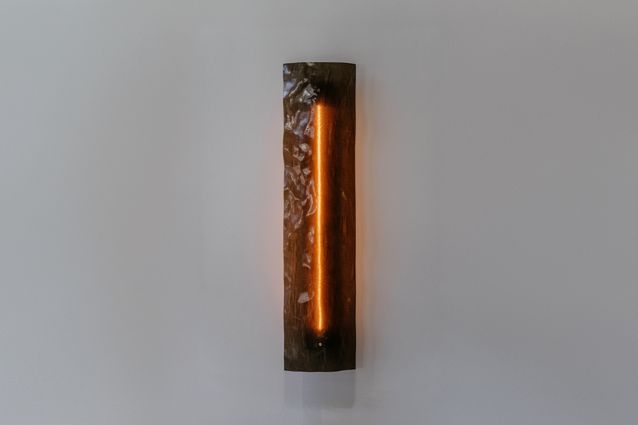After some of the biggest Black entertainers of the time performed at hotels on Miami Beach, not only were they not allowed to stay the night, some had to leave through the back door. They sought a place where they would be welcomed, appreciated, and given a sense of dignity. That became the Hampton House. It was the place to see and be seen in, offering the chance to rub shoulders with notable figures including Sammy Davis Jr., Jackie Robinson, Aretha Franklin, and Dr. Martin Luther King Jr. Often, the Hampton House was one of the few places these larger-than-life personalities could take a breath, drop the stress of their Hollywood personas, and most importantly, have some fun. (Dr. King was once photographed enjoying a dip in the hotel pool.)
Harry and Florence Markowitz, a white Jewish couple, opened the remodeled Hampton House in 1961 as an upscale motel with a jazz club, swimming pool and late-night restaurant in the all-Black Brownsville neighborhood. Architect Robert Karl Frese designed the 50-room motel in the Miami Modern style, similar to that of Eden Roc and The Deauville on Miami Beach. Using historic imagery and a scouting trip to the Hampton House, the film’s art department painstakingly re-created the exterior of the motel at a hotel in Louisiana, and the guest room and dining room on a set.
Leslie Odom Jr. as Sam Cooke, Eli Goree as Cassius Clay, Kingsley Ben-Adir as Malcolm X, and Aldis Hodge as Jim Brown in One Night in Miami.
Courtesy of Amazon Studios“All of the sets were custom-made,” says production designer Barry Robison. “The exterior of the hotel was a complete re-dress of an existing motel, and we built the motel room from the ground up so that Regina [King] could have freedom of camera movement.” The effect is that viewers get to see all parts of the suite as the actors move throughout it, from the vibrantly patterned textiles to the Jacob Lawrence wall paintings.
After a $6 million restoration in 2015, thanks to the work of preservationist Dr. Enid Pinkney, the real-life Historic Hampton House reopened as a nonprofit organization and cultural center. Today, guests can tour both Dr. King’s and Muhammad Ali’s suites, and rent public areas for private events. The hope is that the film will draw attention to the property’s past and present, inspiring Americans to both visit and donate to an institution where so many important moments in American history occurred. It’s a rare opportunity, given that fellow hotels with Black celebrity clientele like the short-lived Moulin Rouge Hotel in West Las Vegas, Whitelaw Hotel in Washington, D.C., Dunbar Hotel in Los Angeles, and Hotel Theresa in Harlem, no longer exist in such a way that one could trace the footsteps of the greats that walked the halls.
Dr. Enid Pickney, who formed the Historic Hampton House Community Trust to save the hotel in 2001, tours the newly restored Hampton House in 2015.
Photo: Joe Raedle/Getty Images“The Hampton House always served a larger purpose,” says Colyer. “Now, in this new era, we want to be seen as an economic development entity within our community, and proof that we can reimagine and redevelop this space to care for the people that live here.”











